8 Minutes
Introduction: Hulk in the MCU — a tech-forward legend held back by rights and design
The Hulk is one of comics' most iconic figures, and his journey through the Marvel Cinematic Universe has often felt tantalizingly close to cinematic perfection. Since his 1962 comic debut, Hulk has evolved into a global brand — and translating that legacy to screen requires more than strong acting: it demands cutting-edge visual effects, sophisticated motion-capture, and smart IP and distribution strategies. Yet constraints like legacy distribution rights and creative trade-offs have left several MCU sequences just one step from delivering an ideal version of the character.
How technology and licensing shaped Hulk's MCU arc
Two major non-creative factors affected Hulk’s portrayal: first, the split in distribution rights (Universal retained certain solo-release rights), and second, the evolving VFX and performance-capture pipelines that translate Mark Ruffalo’s nuanced Banner into a believable, expressive Hulk. These issues intersect with streaming platforms, digital distribution strategies, and franchise IP management — all technology- and business-heavy considerations that determine what audiences ultimately see.
7 MCU Moments That Almost Nailed the Hulk
7. The Mid-Credits Hologram: Introducing Banner’s Next-Gen Role
In the mid-credits of Shang-Chi and the Legend of the Ten Rings, Bruce Banner appears via hologram to a council of next-generation heroes. The sequence promised cross-title collaboration and leveraged futuristic holographic UI and remote-communication tropes common in modern sci-fi. Technically, the hologram effect and compositing were executed well, but the scene underdelivered narratively — Banner appears as an image rather than interacting in person, leaving fans waiting for a promised team-up that never materialized. From a product perspective, the moment served as a tease for future features but lacked a substantive pay-off, an issue often seen when creative roadmaps clash with licensing and streaming schedules.
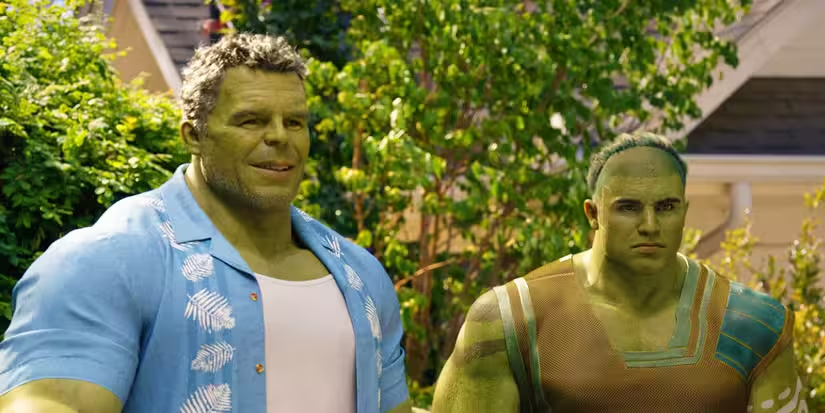
6. The Lost Solo-Movie Beats (The Incredible Hulk’s Missed Potential)
The original Hulk film exists in a grey area of MCU continuity. With rights and continuity fragmented, many solo-hero beats that would have showcased Banner’s origin and tech influences (bioengineering, gamma experimentation, military-grade telemetry) were minimized. This represents a missed opportunity to deploy storytelling features — long-form character arcs, deeper integration of scientific exposition, and dedicated VFX pipelines — that could have established a more complete, tech-aware Hulk early in the MCU.
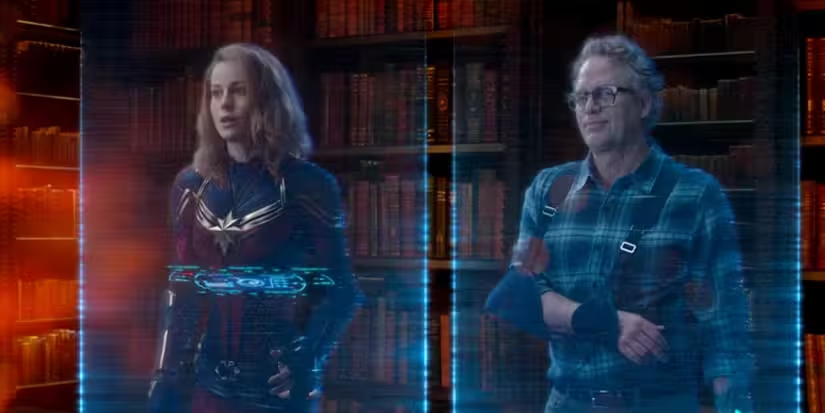
5. Gladiator Montage on Sakaar: A VFX Showcase That Never Fully Appeared
Thor: Ragnarok brought Hulk to Sakaar, where he ruled as a gladiator champion. The film implies years of arena combat, but a montage or extended arena sequences would have showcased both Hulk’s ferocity and the VFX team’s ability to stage high-scale crowd simulations, creature design, and motion-capture-driven choreography. A well-crafted montage would have solidified Hulk’s in-universe power level and served as a demo reel for advanced crowd rendering, physics-based damage systems, and creature animation—technologies that studios use to sell theatrical spectacle to audiences and streaming partners.

4. Hulk vs. Wolverine: An Off-Screen Tease with Comic Roots
In Deadpool & Wolverine, there’s a striking visual callback to the classic comic cover of Hulk reflected in Wolverine’s claws. The sequence nods to source material and multiverse storytelling, but the matchup plays out off-screen. From a production standpoint, a direct Hulk–Wolverine clash would have been a brilliant technical showcase: hybrid practical/CGI body-blend rigs, dense particle systems for damage and blood effects, and tightly synchronized motion-capture between characters. Off-screen resolution avoided a costly set-piece but sacrificed an opportunity to demonstrate cross-property VFX integration in the Multiverse era.

3. Red Hulk’s Reveal — a Rival That Never Faced Banner in Act
Captain America: Brave New World reintroduced Thaddeus Ross and culminated with a Red Hulk transformation. In the comics, Red Hulk is an ideal foil for Banner — visually distinct with red-toned muscle shading and unique energy effects. Technically, a Red Hulk vs. Banner confrontation would have been an opportunity to explore shader variations, subsurface scattering tweaks, and distinct muscle rigging to differentiate the two Hulks. Instead the MCU kept them apart, which limited a high-value VFX showdown that could have had clear merchandising and streaming buzz benefits.
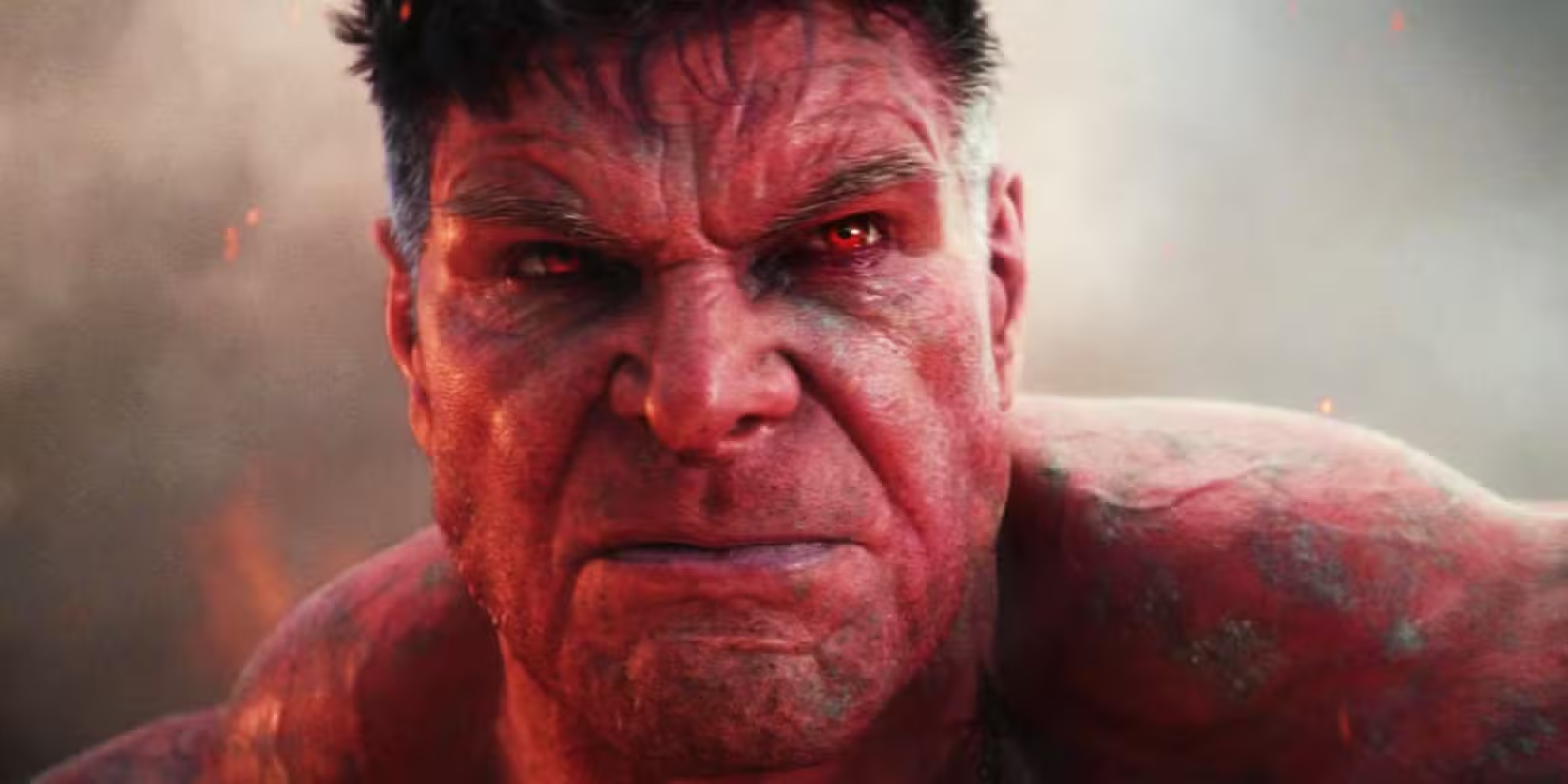
2. Smart Hulk Returns to New York — When Pacifism Blunted a Motion-Capture Moment
Avengers: Endgame introduced “Smart Hulk,” a hybrid of Banner’s intellect and Hulk’s physique, made possible by facial performance capture and body-sculpt hybridization. However, when Smart Hulk travels back to the Battle of New York, the performance underplays the raw physicality audiences expected. This is a classic creative-technical trade-off: retaining Banner’s cognitive traits required dialed-back animation curves and subtler force impacts, but that reduced the perceived power envelope. For VFX artists, it meant adjusting weight, momentum, and collision handling to reflect a different fighting style — a fascinating technical challenge that could have been used to highlight how animation rigs adapt to character psychology.
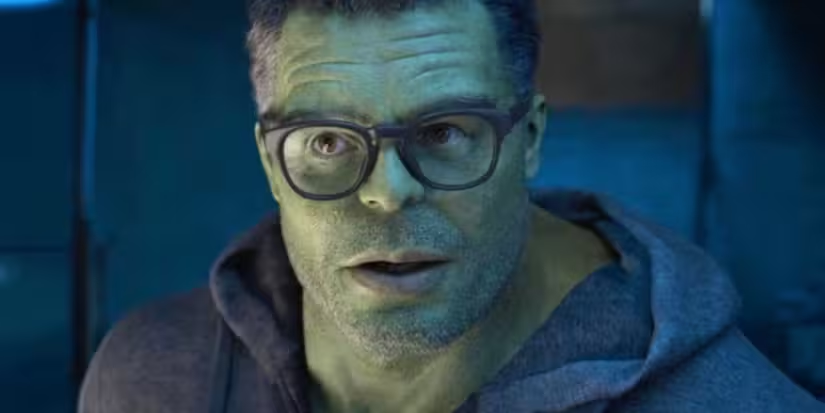
1. Training She-Hulk: A Missed Action Sequence Between Two Hulk Variants
She-Hulk (Jennifer Walters) arrives with modern production benefits: real-time previs, advanced body scanning, and mocap-to-CGI pipelines that make in-screen transformations more seamless than ever. Bruce offers to train her, and the mentorship angle could have led to a substantial training montage or a cooperative fight sequence. A Hulk vs. She-Hulk sparring scene would have been a showcase for comparative rigging: tension maps, cloth simulation for costume-scale, and shared damage states. Instead, the MCU opted for a lighter, comedic approach, leaving fans wanting a full demonstration of how two gamma-powered bodies behave in the same physics simulation.
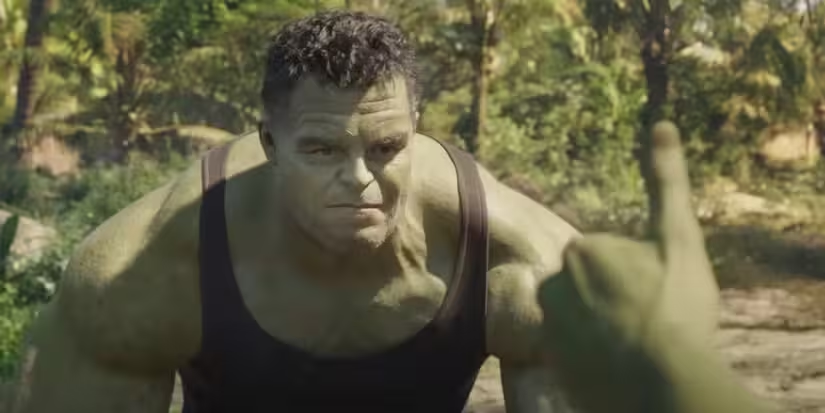
Product Features: What the MCU’s Hulk Scenes Reveal About Film Tech
- Motion-capture fidelity: Increasing facial and body capture accuracy enables more emotive CG characters.
- Hybrid rendering: Combining practical lighting with HDRI-based CG renders produces realistic skin and muscle shading.
- Previsualization and real-time engines: Unreal Engine-style tools speed up iteration on big action beats.
- IP-driven distribution: Licensing arrangements, streaming windows, and studio partnerships shape which story beats get budget and exposure.
Comparisons and Advantages
Compared with earlier eras of VFX, modern MCU Hulks benefit from higher polygon counts, improved skin shaders, and better crowd systems. The advantage is obvious: more believable characters that can carry emotional scenes. However, licensing and strategic decisions sometimes trump tech capability — meaning the most advanced pipelines aren’t always used to their full narrative potential.
Use Cases and Market Relevance
These near-miss scenes matter beyond fandom. For studios and tech vendors, every Hulk moment is a use case for rendering farms, AI-enhanced denoising, and remote collaboration tools. For streaming platforms, stronger Hulk set pieces drive subscriber engagement and retention. For VFX houses, blockbuster Hulk sequences are promotional material that attracts skilled talent and new clients in a competitive market.
Conclusion: One step away — but the tech roadmap is ready
The MCU has repeatedly shown it can produce visually striking Hulk sequences, but external constraints — from legacy distribution rights to creative choices — have left several scenes shy of perfection. The engineering and artistic tools are in place: motion-capture pipelines, real-time previs, advanced shaders, and cloud rendering. What remains is alignment between rights holders, showrunners, and VFX teams to greenlight the ambitious sequences that will let the Hulk not only look perfect but feel inevitable in a tech-forward cinematic universe.
Source: screenrant

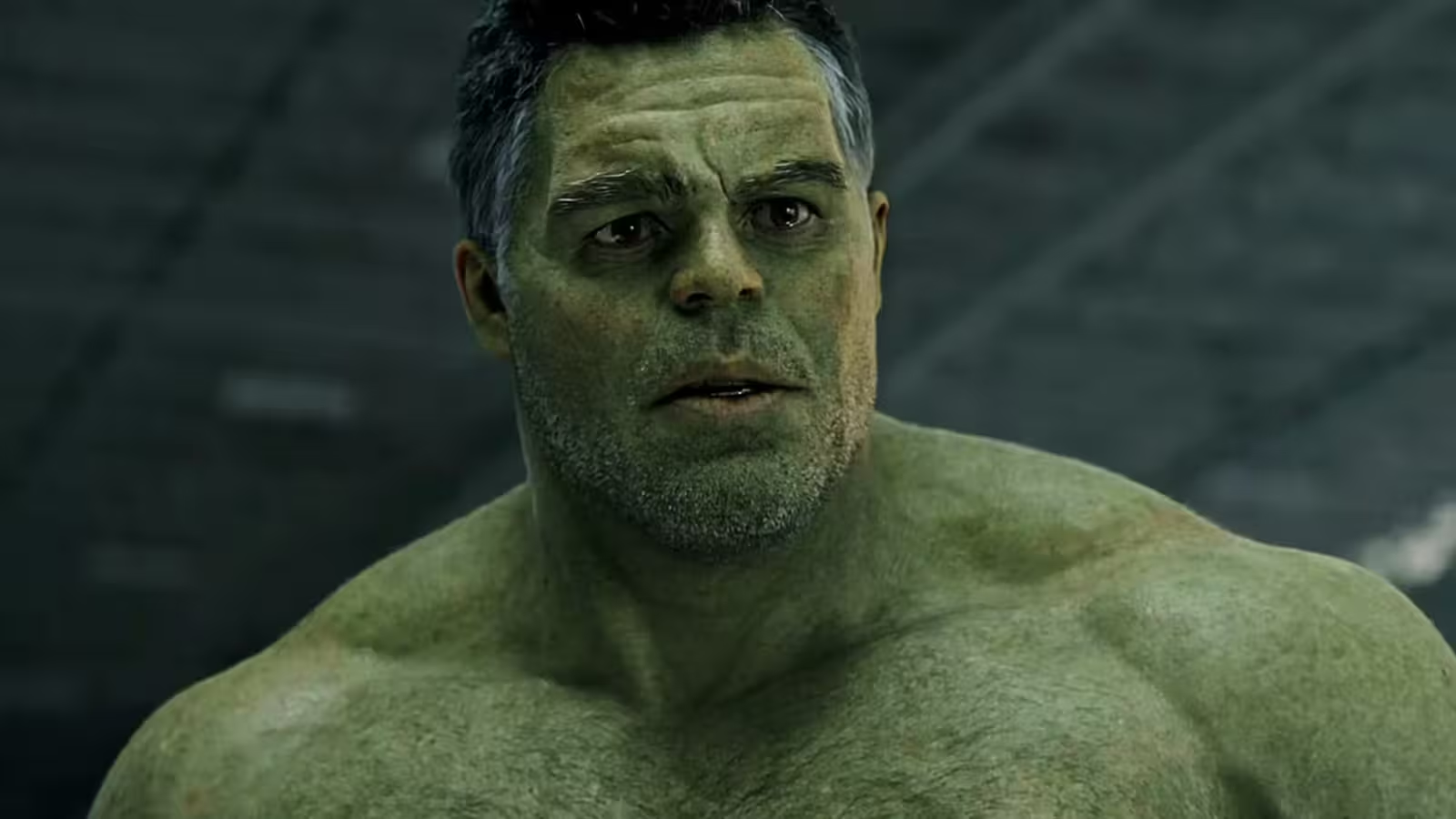
Leave a Comment